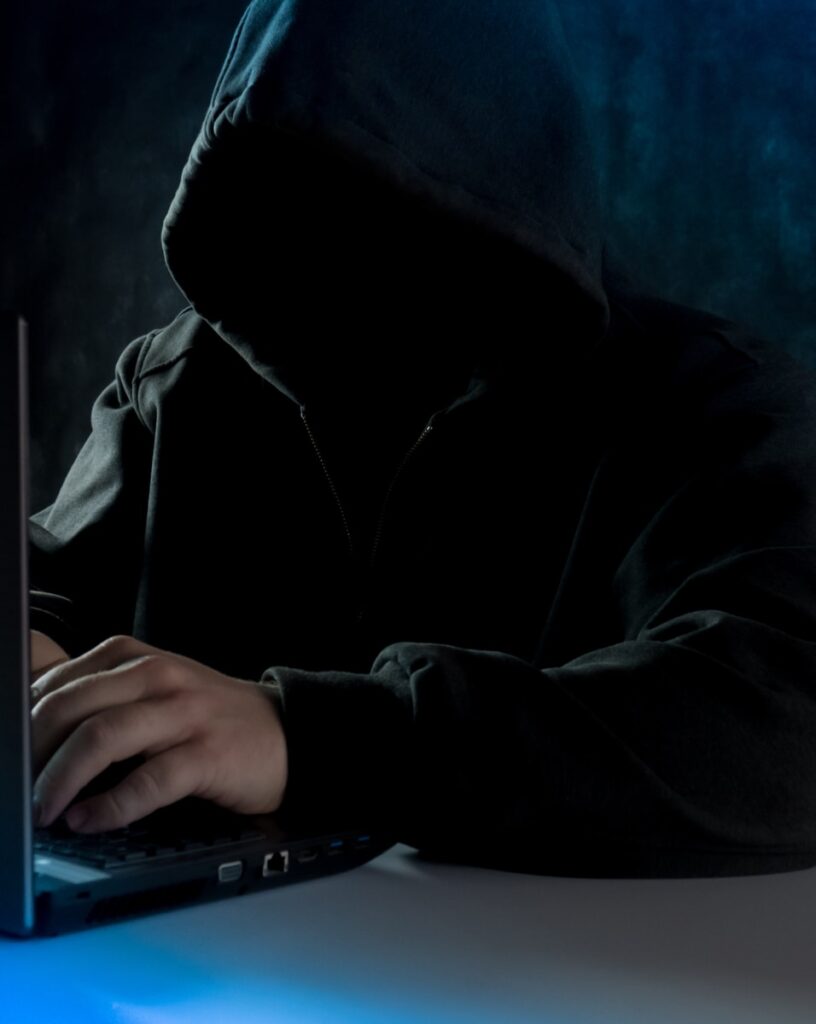Experiences, interactions, and environment are a few factors which shape a person’s personality. However, not every interaction or experience is always pleasant. As human beings we like to believe the best in people but because of bitter experiences in the past maybe that faith does start fading away. Lately there has been an increase in negative experiences at immediate surroundings such as at school or with peers. Sometimes certain boundaries can be crossed with peers, strangers or people around you. These behaviours can get aggressive and show a clear imbalance of power leading them to fall under the realm of bullying.
“Bullying can be defined as intentional and aggressive behaviour occurring repeatedly against a victim where there is a real or perceived power imbalance, and where the victim feels vulnerable and powerless to defend himself or herself.”
The intricacies of bullying have eluded many people. Bullying can be of different kinds such as verbal ( teasing, name calling, threats, demeaning jokes, etc.), social (exclusion, manipulation, controlling nature, rumours), physical (pushing, unwelcomed contact, hitting kicking, etc), cyber (hate speech, online harassment, posting gossip, rumours, lying) and it can also take other forms. It’s not only limited to school settings and college, workplace bullying is also something that can cause significant problems in an individual’s life.
Usually when bullying takes place it’s an act which doesn’t require any provocation. Individuals who do end up bullying other people often act out because of certain personal frustrations, anger, humiliation at home, or to achieve a status or attention. The act has a trigger or a cause and it could be extremely personal .i.e family conditions or even learned behaviour such as the fact that “you can get what you want by using violence” , and institutional lack of ethical standards and check on students and peers (very well depicted in ‘13 reasons why’) . Most commonly there are certain population who are more at risk of bullying than other such as individuals who are visibly different in appearance (also seen in netflix series Sex Education) than the common crowd, people belonging to the LGBTQIA+ community, individuals with disabilities, individuals who have certain religious specifiers especially because there’s misinformation around their religion (also seen in the Bollywood movie, Patiala House ) and young girls and women.
What needs to be understood about bullying is the pervasive impact it has on the mental, emotional and physical health of the individual. Due to the boom in technology use and accessibility traditional bullying has now extended to the area of cyberbullying. Wherein anonymity creates the power imbalance, along with the fact that there is no authority which can keep this behaviour in check.
The act is not just detrimental to the person being bullied but also the person who is the bully and the bystanders (who observe from a distance without intervening). Due to increased awareness of the phenomenon there has been a slight decrease in explicit bullying, ragging in several educational institutes. However that is not enough since the long standing effects of it are much pervasive. For example:
1) Self blame and guilt
2) Unable to form close relationships
3) Anxiety & Depression
4) Self harm
5) Aggression
6) Isolation
7) Suicide
Apart from traditional forms of bullying, cyberbullying is a new phenomenon which is causing marked distress in the current generation. What makes cyberbullying different is the added essence of anonymity which gives the person behind the screen more power and makes the person being bullied feel helpless.
Unfortunately we have come to a point where we don’t only need awareness about bullying but need to understand how to identify bullying of any kind. In the process of bullying and being bullied there is more than that meets the eye. The people who are silently observing the act are also equally impacted long term, hence, collateral damage. At the moment there are no concrete laws with regards to bullying or cyberbullying however, there are provisions available in the IPC and section 66 E of the IT Act regarding actions that can be taken as a result of harassment or cyber fraud. Laws need to be made stringent but more importantly effective management techniques need to be put in institutions (Schools, colleges, offices) about the detrimental effects of bullying on the bully, the person being bullied and the bystander, the positionality of each needs to be highlighted as well as the fact that help is available for each person. The need or the habit of bullying can be worked on in therapy, appropriate social behaviour can be taught, and emotional and cognitive baggage can be unpacked which the individual has been carrying which may be causing the bullying behaviour. The gravity and reality of the situation needs to be acknowledged and understood only then can effective intervention techniques make a difference.
Sources:
1. Facts and Psychological Effects of Bullying. (n.d.). Retrieved October 30, 2020, from https://www.desertparkway.com/blog/effects-of-bullying
2. https://medicalxpress.com/news/2014-05-shadow-childhood-bullying.html
3. Rose, E. (n.d.). The Effect of Bullying on Young Minds. Retrieved October 30, 2020, from https://vocal.media/psyche/the-effect-of-bullying-on-young-minds
